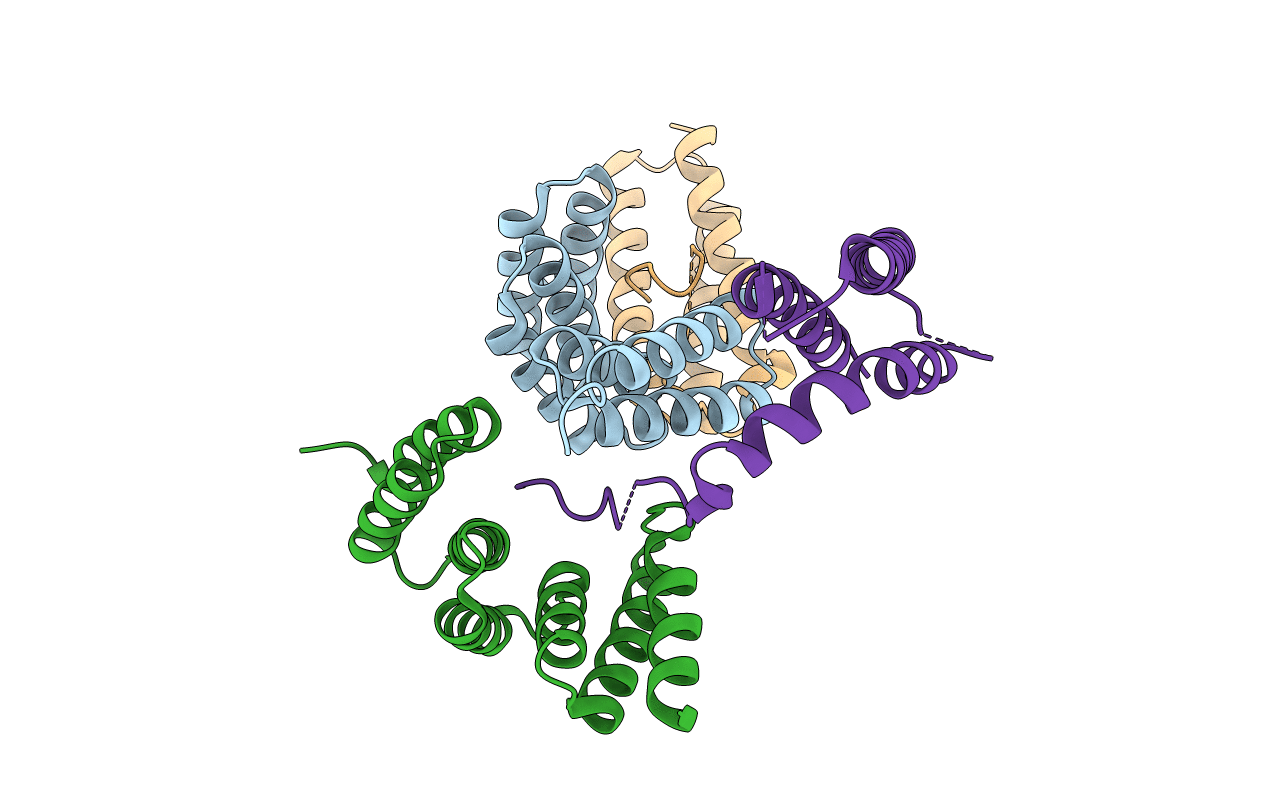
Deposition Date
2013-04-23
Release Date
2015-01-14
Last Version Date
2023-09-20
Entry Detail
PDB ID:
4KBQ
Keywords:
Title:
Structure of the CHIP-TPR domain in complex with the Hsc70 Lid-Tail domains
Biological Source:
Source Organism:
Homo sapiens (Taxon ID: 9606)
Host Organism:
Method Details:
Experimental Method:
Resolution:
2.91 Å
R-Value Free:
0.26
R-Value Work:
0.22
R-Value Observed:
0.22
Space Group:
P 61 2 2


